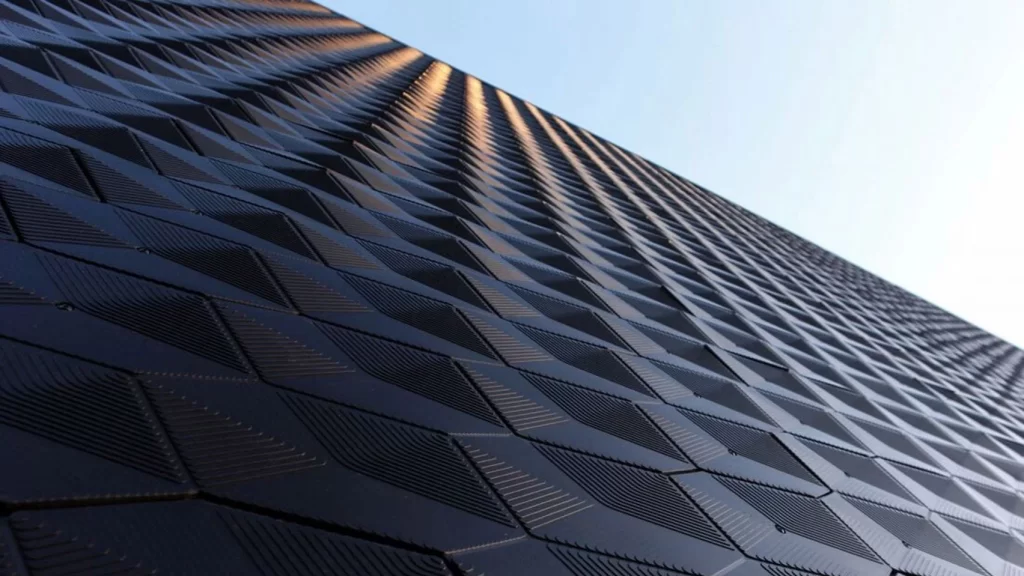Many organic and mineral materials are needed for building initiatives, including limestone, wood or clay, sand or sand and metals. Mining and production of these products can significantly impact biodiversity.
Bamboo is able to grow as high as a meter per day, and is a great eco-friendly material for floors as well as ceilings. Cork also is a sustainable product that is used for Acoustic wall and ceiling panels instead of being smoldering or being disposed of in landfills.
Sustainable Construction Practices
Sustainable practices in construction are the set of guidelines which guide the design and implementation of a project in order to protect the environment. These include construction materials that have low embodied energy and incorporating recyclable and biodegradable components into the architecture of the building and using environmentally-friendly construction techniques.
Wood, bamboo hemp cement, cork are just a few examples of sustainable construction materials. These materials regenerate naturally and are produced using renewable resources. These are sustainable and require little to no treatments with chemicals. It is also possible to use them for insulation and to regulate the humidity.
Green construction can be facilitated by the use of materials with lower embodied energy and by adopting environmentally-friendly production processes, such as direct reduced iron for steel or carbon capture for cement. It can also be achieved through a robust procurement strategy, where the selection of suppliers is determined by sustainable standards and benchmarks. It is important to set targets on the quantity of recycled or repurposed materials that will be used in the construction process.

Eco-Friendly Building Materials
Building materials that are eco-friendly focus on the use of natural, renewable and recycled products to reduce pollution and also the use of resources and energy during construction. This includes products that require minimum processing and can be sourced locally to minimize transportation demands and emissions. Sustainable building materials include bamboo, industrial hemp, straw bales and recycled glass.
Hemp concrete is one example of a construction xi mang trang material composed of hemp fibers as well as lime. The concrete is tough resilient, robust and breathable. Carbon negative means that it produces more carbon dioxide during its manufacturing than the amount is released during its use.
Other eco-friendly construction materials include recycled steel that is utilized for framing and roofing, as well as flooring and countertops. A different common type of material is stone, a naturally occurring substance that requires little processing. Cork, derived from the cork’s bark oak trees, can be a natural insulator and can be used to build floors as well as walls.
Environmental Conservation in Construction
Large construction companies have begun to adopt green practices and materials in their projects. It is an excellent opportunity to protect nature’s resources and decrease environmental pollution at the construction site.
Additionally, it is essential to reduce energy consumption during the construction process. Using renewable energy and implementing digital tools can assist in reduce the carbon footprint of your project.
The production of certain products for construction can have a negative impact on biodiversity. Extracting raw materials like gravel, wood, sand or iron ore can cause habitat damage as well as species-specific isolation.
A different issue is manufacturing synthetic materials like concrete which is one of the most environmentally unfriendly building material. However, recycled plastics and reclaimed wood provide sustainable alternative options. It’s readily available and aids in reducing the loss of forests. It is also lightweight, making it easy to move. It also has strong tensile forces for long-term durability.
The benefits of Green Materials
Utilizing green products allows people to focus on sustainability across all aspects of their lives. They emit fewer greenhouse gas emissions during building, operations and removal. Energy-efficient windows and insulation that is made from natural fibers, and recycled steel will reduce the energy usage, thus reducing utility bills for residents while reducing the emissions of greenhouse gases.
Sustainable materials can be sourced from renewable rather than nonrenewable resources, avoiding deforestation. They also absorb much more carbon dioxide than they emit over the course of their lives. Some green materials utilize biomimetic processes to mimic the natural properties like mycelium which is made of tiny pieces of fungi growing to become a sturdy and long-lasting substance.
Planned projects should encourage the supply of green materials by demonstrating a commitment to sustainable practices as well as encouraging industry ecosystems to innovate. Making sure that the supply chain is robust in review and quality assurance will aid in the successful implementation of green materials projects. Instilling a culture that is constantly improvement in technology can result in significant improvements as well as cost savings.